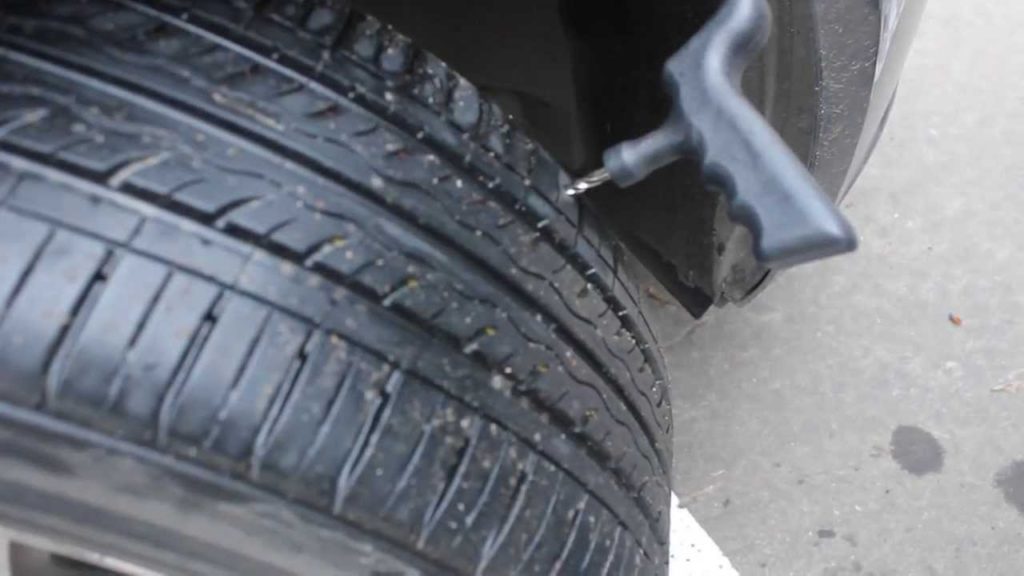
Why do drivers insert tubes into tubeless tires and how to do it
Content
The vast majority of car tires are produced and operated in a tubeless version. The advantages of such a design solution are undeniable, and the issues of reliability and durability are ensured by replacing a tire or disc in their critical condition.
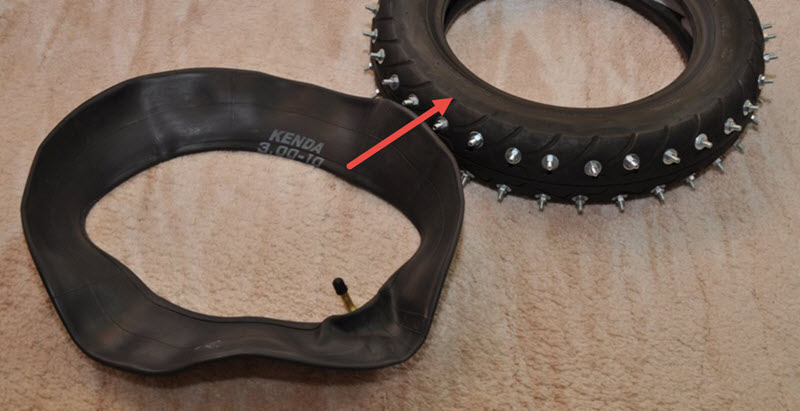
But sometimes, nevertheless, drivers prefer to put the camera in the wheel, and this has its own quite reasonable grounds.
What is the difference between a tubed tire and a tubeless one?
The use of tubes in tires was a forced measure on very old cars, when wheel manufacturing technologies did not allow for reliable sealing at the places where the tire was mounted on the rim, and also due to the imperfection of other processes in the tire industry.
There is no objective need for cameras, which was demonstrated by the entire course of technological progress.
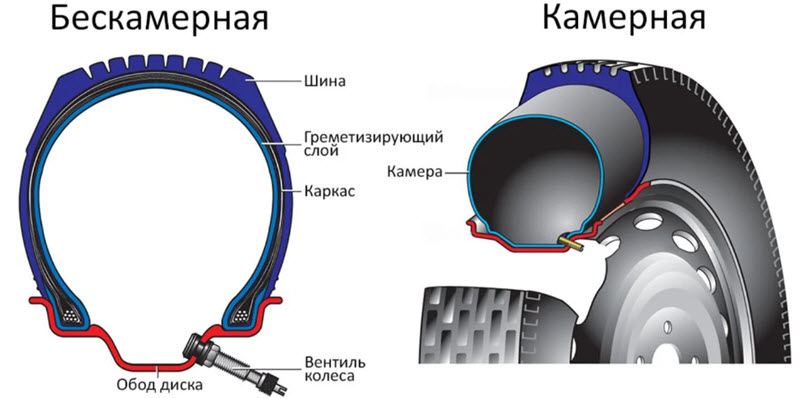
The elimination of unnecessary detail has led to a number of advantages:
- tubeless loses air much more slowly in case of punctures, which allows you to safely stop, noticing something wrong in the behavior of the car, explosive depressurization is unlikely and is possible only with major damage;
- the rolling friction losses of the new type of tires are much lower, hence the lower operating temperature and lower fuel consumption;
- the presence of a tread layer of soft rubber from the inside of the tire gives the ability to hold pressure longer, reducing the time spent on periodic pumping of the wheels;
- repair after a puncture is simplified, with the appropriate first-aid kits, it is not even necessary to disassemble the wheel for this;
- indirectly, the presence of benefits leads to lower operating costs.
Additional measures in comparison with the chamber version are small and come down to a special design of the inner rubber layer, standardization of the accuracy of the fit edges of the tire, their material, as well as the presence of special annular protrusions on the rim shelves - humps.
The latter distinguish the disk of the old design from the new one, designed for the absence of a camera. Except for the hole for the valve of a different diameter, but this is a purely quantitative change.
There are still some disadvantages:
- when the pressure drops, it is possible to drag the side over the hump under the action of lateral force in the turn, which ends with an instant loss of air and disassembly on the go;
- the soft edges of the tire make you be more careful when tire fitting;
- corrosion of the landing shelves of the disk will lead to depressurization with a gradual loss of pressure, the same will happen after contamination during tire fitting;
- to inflate a mounted tire, you will need a powerful compressor or additional tricks to eliminate air leakage and allow the beads to fall into place.
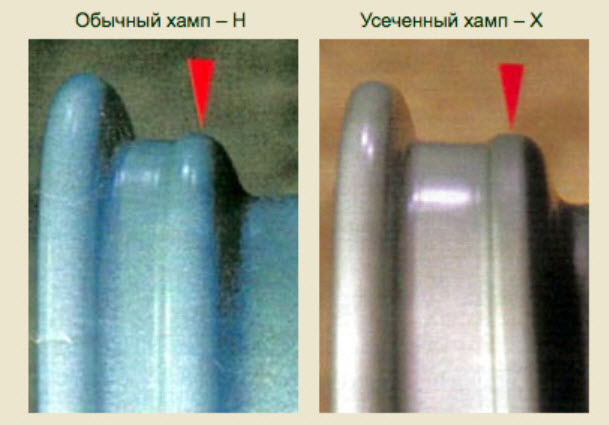
Tubeless tires do not provide reliability when working in severe frosts, which is well known to drivers in the north. Starting from certain, very real temperatures, the car cannot even stand still for a long time without an emergency loss of pressure.
In what situations will the driver need to insert a camera
In ideal conditions, when there is a shop with a choice of tires and wheels available, a qualified tire fitting, and funds allow, of course, you should not install any camera.
Safety and operating comfort require that the tire and rim be replaced if they are unsuitable. But on the road, especially the long one, anything is possible:
- it is impossible to buy new parts for various reasons;
- the disk is bent, its shelves do not provide tight contact with the tire;
- corrosion has damaged the seats;
- it is unrealistic to patch the tire, it has multiple damages, swellings (hernias), the cord keeps its shape purely conditionally;
- the situation forces the use of tires that are not designed to work in a tubeless version at reduced pressure, and it is impossible to pump up the wheels for reasons of cross-country ability;
- there is no working spare wheel, but you have to go.
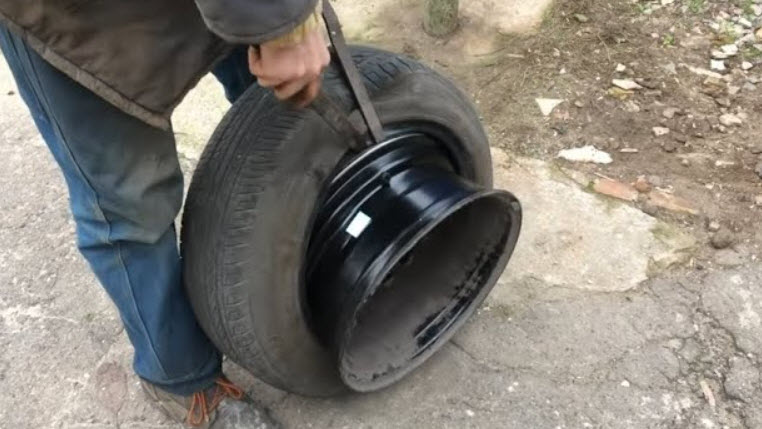
The choice is to move, albeit slowly and not entirely safe, or to look for an evacuation option that is not available everywhere, and they cost a lot. Therefore, installing a camera will be temporary, but the only way out.
How to install a camera in a tubeless tire yourself
Installing the camera is not difficult for a person familiar with the technology of manual wheel beading. Previously, almost everyone owned this, and the appropriate tools and fixtures were included in the standard equipment of the car.
In addition to physical strength and skills, you will need a pair of mounts, a lever with an emphasis to move the tire bead, a pump or compressor, and a suitable chamber.
If it is smaller, then it's okay, but you can't put it too big, it forms folds that will quickly rub off. It is also advisable to have soapy water and talc (baby powder).
There are many tricks to break the bead, from a lever and a heavy hammer to hitting a tire with the weight of a car or using the heel of a jack.
It is much easier to drag the edge of the tire over the rim if you wet it with a rich soapy solution.
A chamber is inserted inside the tire, the valve is led out into the standard hole, from which the standard one is removed.
Usually it is too large, you have to make an adapter sleeve from improvised means, otherwise the valve may pull out.
The chamber is powdered with talcum powder, so it will better straighten inside the wheel. Inflating in the usual way, straightening the tire, as in the tubeless version, is not required.
If there is a "hernia" on the wheel
From a hernia, that is, damage to the cord, no camera will help. The board will swell and most likely burst on the go. In extreme cases, you can glue a reinforcing patch from the inside.


And do not forget that when driving, you must choose the minimum speed, in any case not higher than 50 km / h.
If a wheel with a side cut
The same applies to a large-scale cut on the sidewall. Even if the cord is not damaged, which is unlikely, the camera will pull into the cut, it has no reinforcement.


The same way of using a cord patch is possible, this will partially reduce the possibility of a wheel explosion on bumps. It is impacts that are dangerous, they cause an abrupt increase in tire pressure.
Much will depend on the size of the cut. It is useless to fight with large camera installations.
